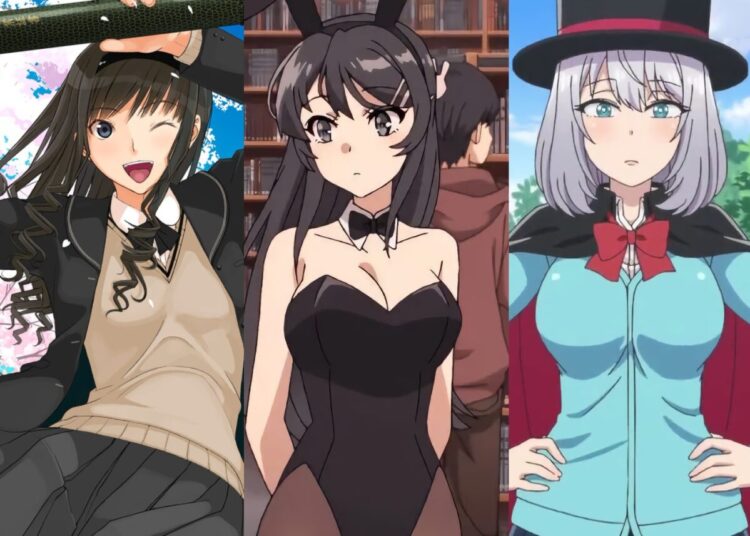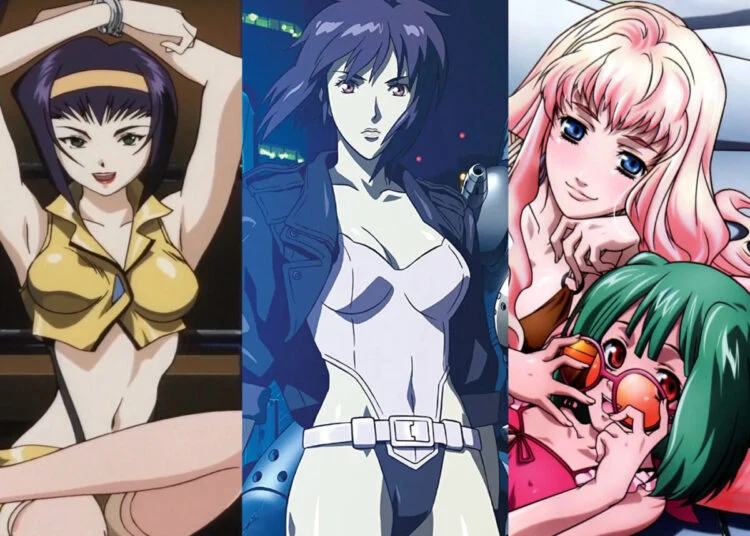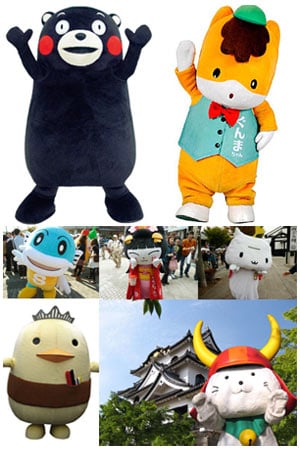You never forget your first, they always say. My first anime shower scene was the Macross “Do You Remember Love?” movie, and my first anime lesbians were Cobalt and Sepia from the classic Cthuloid robot anime Fight! Iczer-One. I also remember the first kanji character I became aware of, which was 子, pronounced ko, which means “child,” commonly found in names of Japanese girls, like Keiko, Kumiko or Yuko. (An alternate reading for the character is is shi.) Most “baby” names of animals can be made by putting 子 ko in front of the name, like 子犬 koinu (koh-ee-noo) for puppy or 子猫 koneko for kitten. The ko word is often used to define different groups of people, for example 江戸っ子 Edokko is a label proudly worn by families who have lived in the Tokyo area since the days when it was named Edo, or 鍵っ子 kagikko (“key child”), the Japanese term for a “latchkey kid” whose parents work. My wife was a 店っ子 misekko or “shop child,” a child whose parents ran a shop (their liquor store) and were thus too busy to play with her or take her places, and she’s also a 眼鏡っ娘 meganekko or a girl who wears glasses, which is fine by me. The 子 kanji is quite flexible, being found in scientific words like 電子 denshi (“child of electricity,” i.e. an electron) or 原子 genshi (“child of origin,” or an atom), as well as words like キノコ kinoko (“child of tree” e.g. a mushroom). Another of these words I like is 龍の子 tatsu no ko, the “child of dragon” which is what seahorses are called.

Iczer-One taught me about Cthulhu and anime lesbians.















